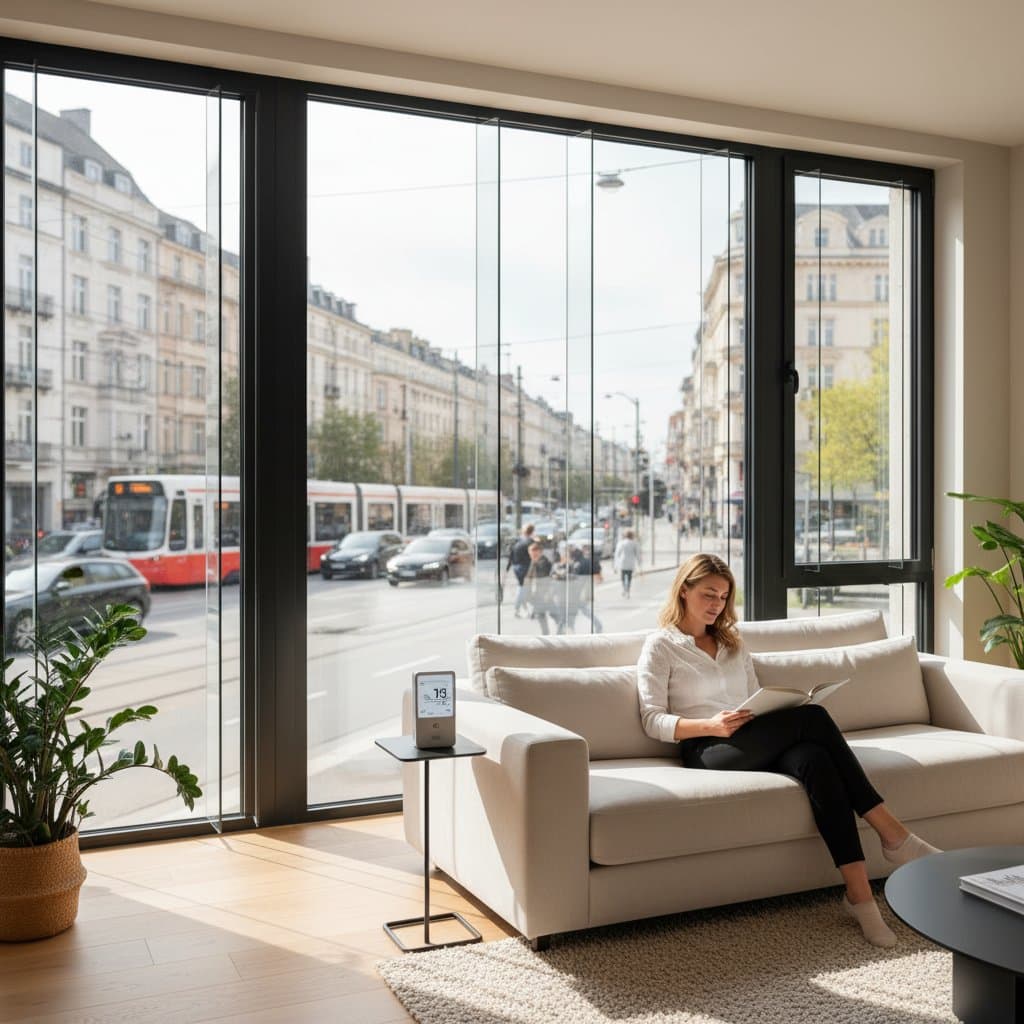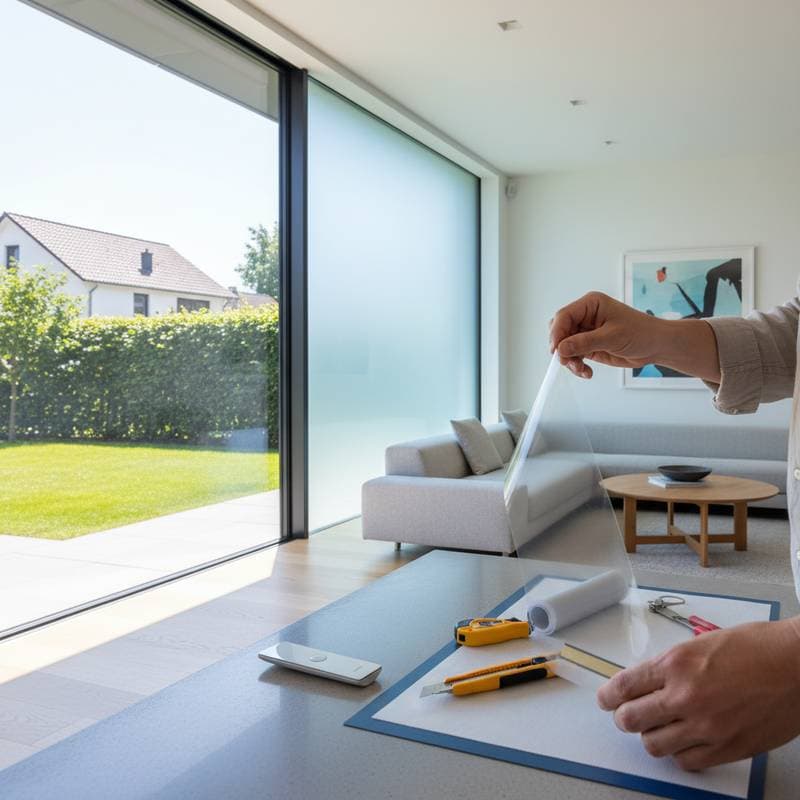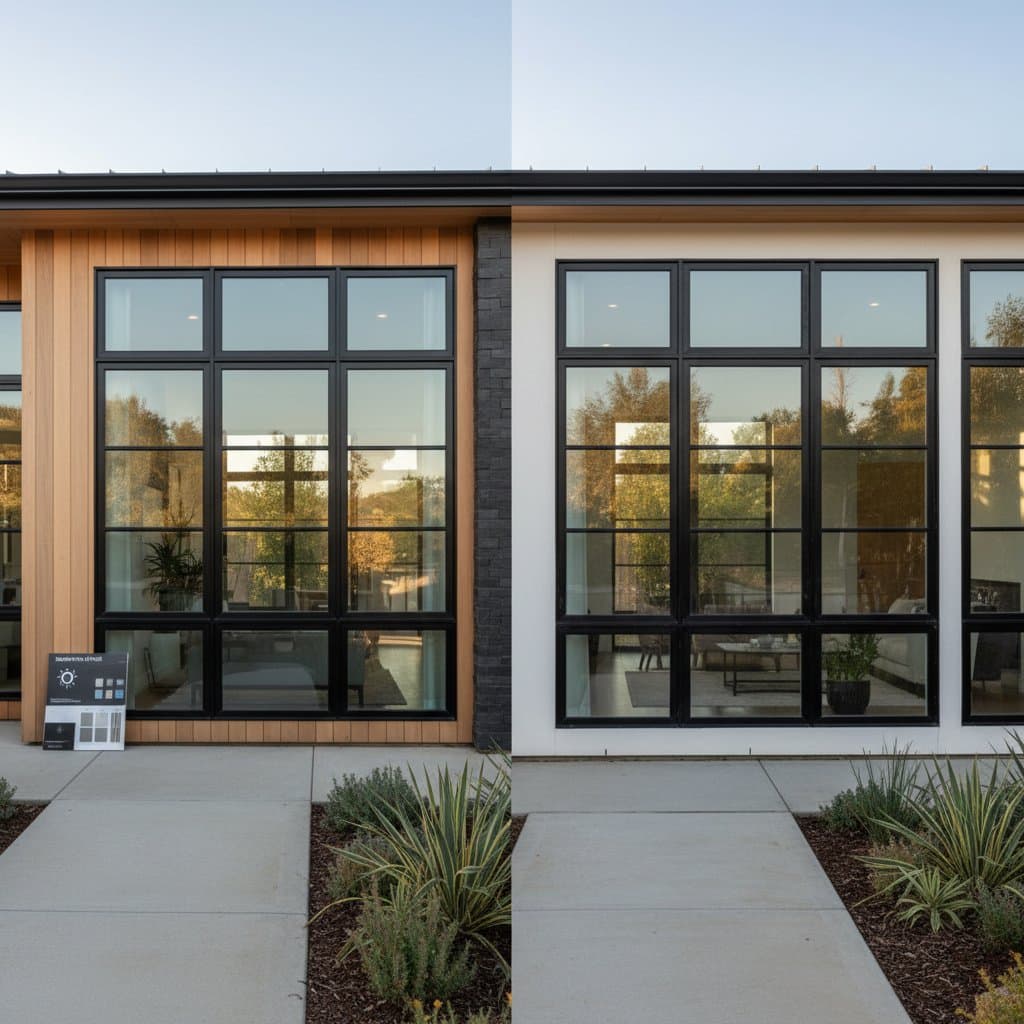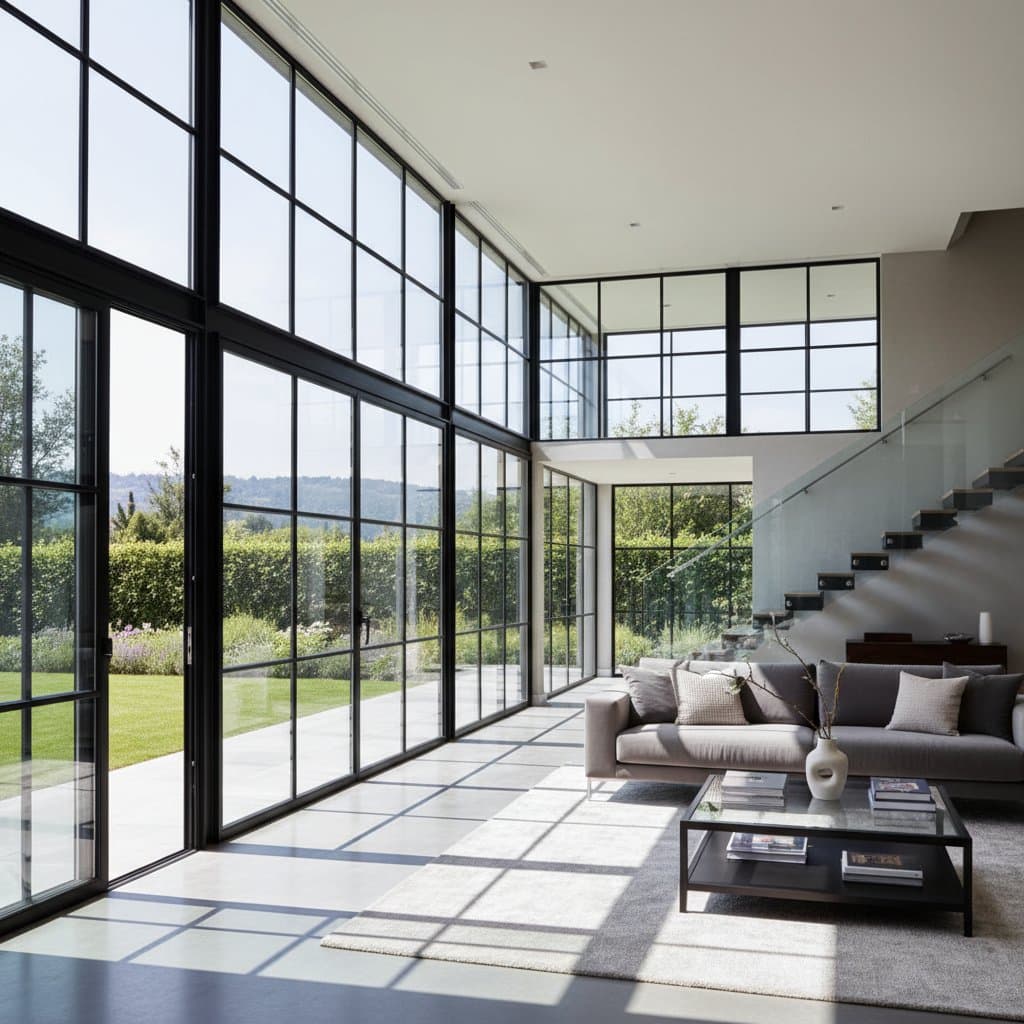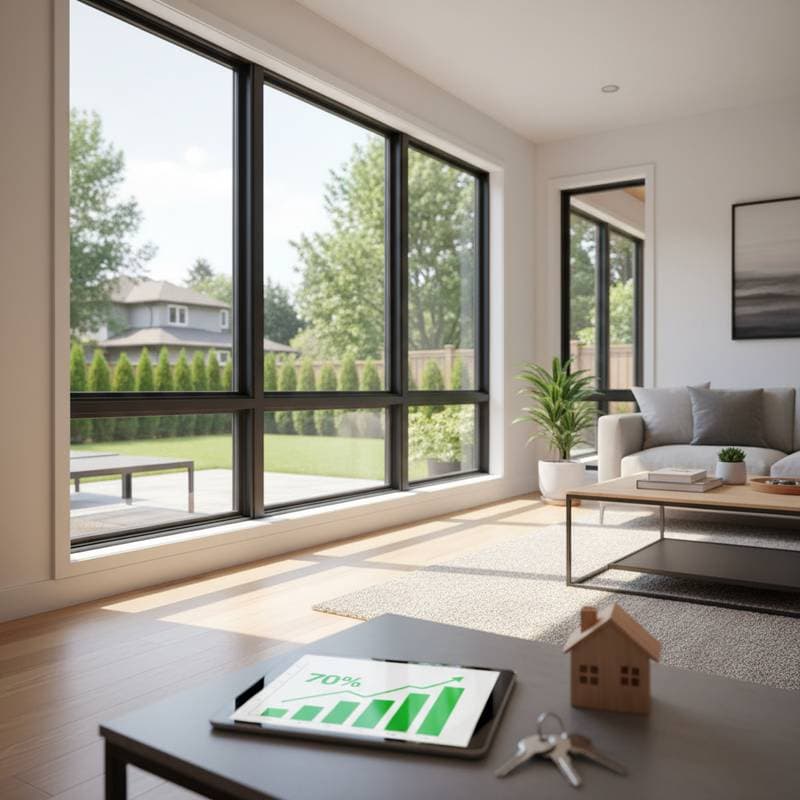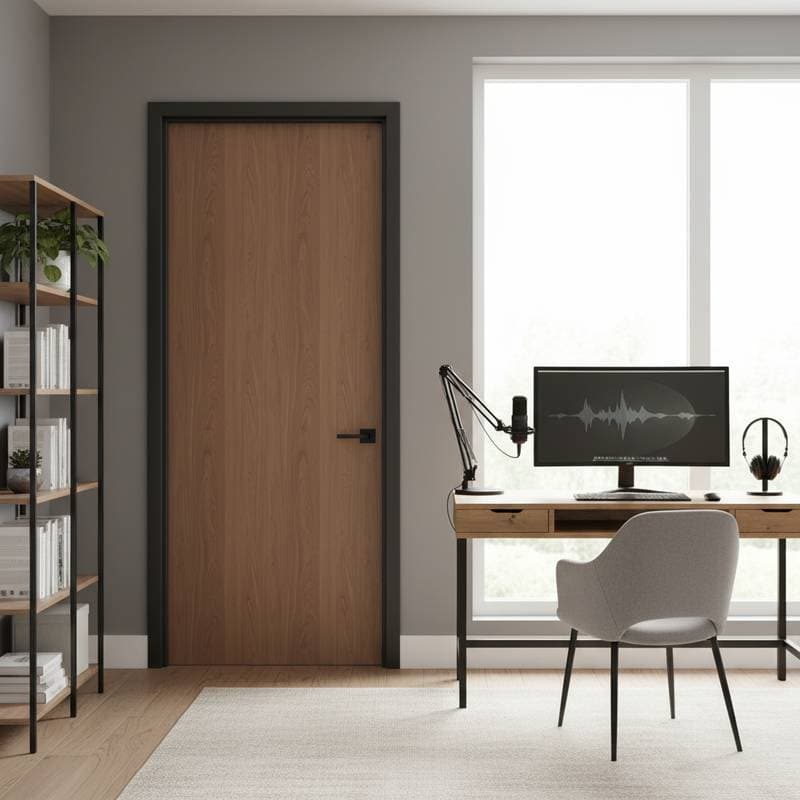Understanding Soundproof Window Inserts
Soundproof window inserts serve as secondary panes installed inside existing windows to minimize noise transmission. These units feature specialized materials that absorb and block sound waves, achieving reductions of up to 75 percent in external disturbances such as traffic or construction. Homeowners appreciate their non-invasive nature, as they require no alterations to the original window frame.
The technology relies on principles of acoustics, where multiple layers create a barrier against vibrations. Unlike full window replacements, inserts fit snugly within the current setup, preserving the home's architecture. This approach proves ideal for apartments or historic buildings where modifications face restrictions.
Key Benefits Beyond Noise Reduction
These inserts enhance energy efficiency by adding an extra layer of insulation, which helps regulate indoor temperatures. In colder climates, they prevent heat loss; in warmer areas, they block solar gain. Property values may increase due to improved livability in noisy locations.
Health advantages include better sleep quality and reduced stress levels from constant urban clamor. Studies indicate that prolonged exposure to high noise correlates with elevated blood pressure, making these solutions a proactive measure for well-being. Additionally, they contribute to a more focused work-from-home environment.
How Soundproof Window Inserts Function
The core mechanism involves a sealed acrylic or glass pane combined with damping materials that dissipate sound energy. When sound waves strike the insert, they encounter resistance from the layered construction, converting much of the energy into minimal heat rather than passing through. This results in a significant drop in decibel levels inside the room.
Effectiveness varies by insert thickness and the type of noise; low-frequency sounds like bass require denser materials. Manufacturers rate products using Sound Transmission Class (STC) values, where higher numbers indicate superior performance. For instance, an STC of 40 or above aligns with the 75 percent noise reduction claim for typical household scenarios.
Materials and Durability Considerations
Common materials include clear acrylic for lightweight options or laminated glass for heavier-duty applications. Acrylic resists shattering and weighs less, easing installation, while glass offers a premium look with enhanced soundproofing. Both undergo treatments to prevent fogging and ensure UV protection.
Durability factors encompass frame construction, often aluminum or vinyl for corrosion resistance. Seals around the edges use weatherproof gaskets to maintain airtightness over time. With proper care, these inserts last 10 to 20 years, outpacing temporary fixes like heavy curtains.
Comparing Material Options
- Acrylic: Affordable, easy to handle, suitable for most homes.
- Laminated Glass: Superior noise blocking, ideal for high-traffic areas.
- Composite Panels: Blend of materials for balanced performance and aesthetics.
Installation Process Step by Step
Preparation begins with measuring the existing window dimensions accurately, allowing for a precise fit. Clean the frame to ensure a secure attachment. Most inserts use compression fittings or magnetic strips, avoiding adhesives that could damage surfaces.
Position the insert by aligning it with the window's interior frame. Apply gentle pressure to engage the seals, creating an immediate barrier. The entire process typically takes under 30 minutes per window, requiring no specialized tools beyond a tape measure and level.
Post-installation, test for gaps by playing audio outside and listening indoors. Adjustments involve slight repositioning if needed. Professional services offer on-site customization for complex shapes like arches.
Cost Tiers and Value Assessment
Entry-level inserts start at $200 per window, featuring basic acrylic and standard frames. Mid-range options, around $400, incorporate advanced damping layers for better performance. Premium models exceed $600, with custom sizes and tempered glass for luxury applications.
Factors influencing price include window size, material quality, and quantity ordered. Bulk purchases often yield discounts, making whole-home upgrades more feasible. Compare this to full replacements, which cost thousands and involve disruption; inserts provide high return on investment through immediate benefits.
Design Integration and Aesthetic Choices
Available in various tints and finishes, inserts complement interior decor without altering views. Frosted options suit privacy needs, while clear versions maintain natural light flow. Frames match common styles, from sleek modern to traditional wood tones.
Customization extends to shapes and hardware, ensuring seamless integration. For example, operable inserts allow ventilation while retaining soundproofing when closed. This versatility prevents a bulky appearance, blending functionality with style.
Achieving Lasting Tranquility in Your Home
Implementing soundproof window inserts transforms daily living by fostering serene spaces amid urban hustle. Select based on specific noise sources and budget to maximize impact. Experience the difference through enhanced focus, restful nights, and a harmonious atmosphere that elevates home comfort.

